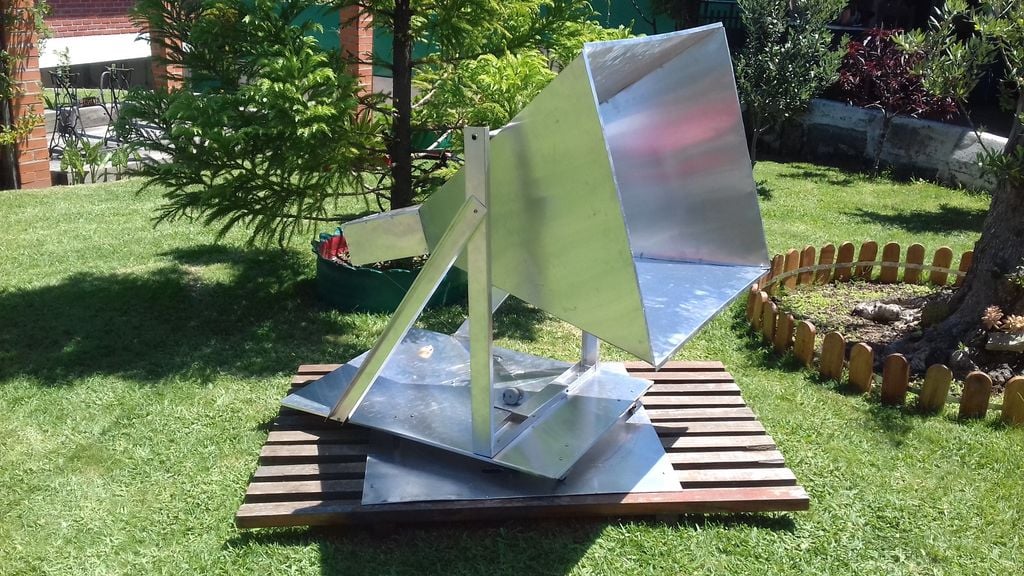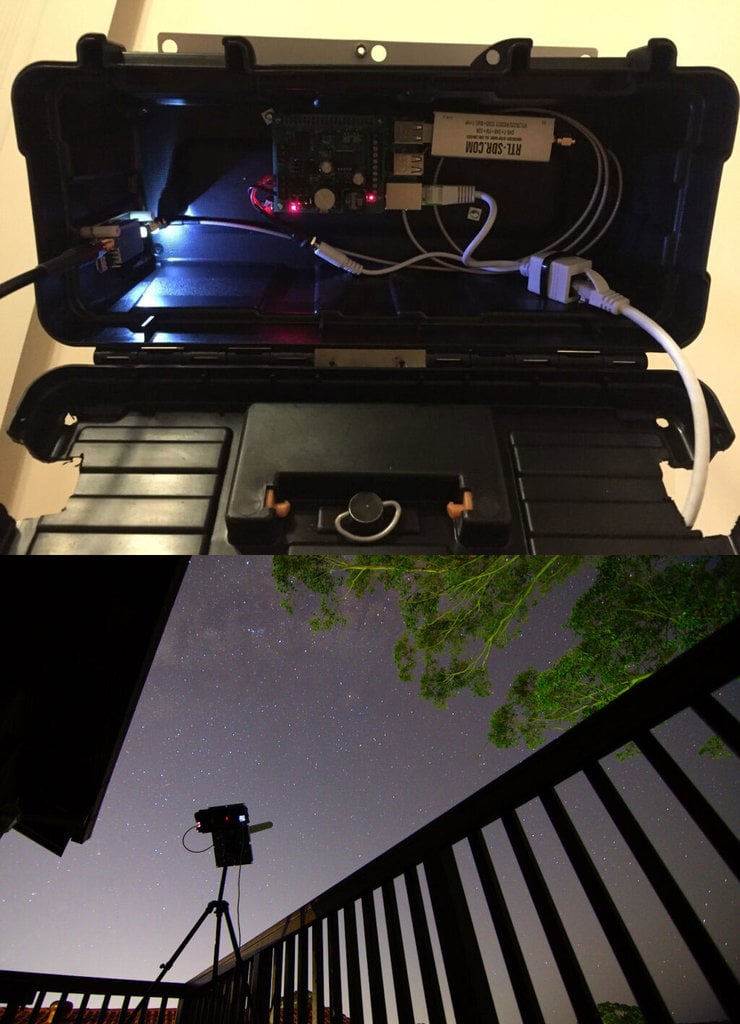Building a Motorized Hydrogen Line Radio Telescope with a DIY Horn Antenna, Drill Motor and RTL-SDR
Just on the back of yesterday's post about a helical antenna Hydrogen line radio telescope, we have another submission. This telescope is a bit more advanced as it consists of a large motorized horn antenna, with a custom made LNA and filter board connected to an RTL-SDR with GNU Radio DSP processing.
Over on Instructables "diyguypt" has posted a full overview of his creation. The horn antenna is first created out of aluminum sheets, and then the waveguide is cut out of copper wire and installed into the can part of the horn. He then notes that he created two custom LNA+filter boards with the Minicircuits PMA2-43LN+ LNA and the Minicircuits BFCN-1445+ filter. This then connects to the RTL-SDR that is accessed via GNU Radio which creates a visualization spectrograph.
He then shows how he made the rotation system out of a salvaged drill motor and two relays, and how he made the Z-Axis control with a stepper motor. The motors are controlled with an Arduino and a gyroscope module.




